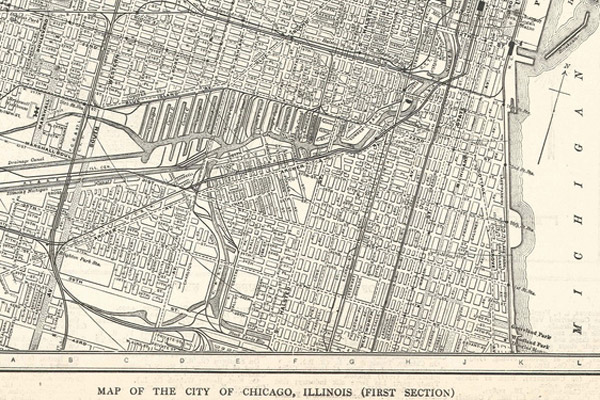
One of the ongoing concerns in Rust Belt/industrial Midwest cities is their stagnation or decline. At Discover, Razib Khan takes a look at Chicago, Detroit, and their peers as compared to the growing metropolises in the West (via Aaron Renn):
The rise of the “Sun Belt”, housing bubble notwithstanding, is a real and awesome phenomenon. Below the fold I’ve taken some demographic trend data for the top 10 cities of 1960. The first two panels show raw population data. The second two panels show the decade-to-decade change in population in terms of multiples (i.e., 1.2 for 2010 means that the population in 2010 was 1.2 times that in 2000).
The numbers are quite dramatic when comparing the Sun Belt, New York, and the Midwest. But in comments, this is perhaps more important:
Part of the reason cities like Houston have done so well is they are largely surrounded by unincorporated county land, and can easily snatch up white flight subdivisions as they are built. The core urban areas in these cities may be just as blighted however, if not moreso, because the political constituency of the suburbs is largely within the city, there is an explicitly “anti-urban” political force within the city limits.
In contrast, dying cities are usually surrounded by incorporated suburbs which could not be annexed unless the majority of the population votes to do so. This is clear when you look at the cities which break the tired sun belt/rust belt dichotomy. Cities in the Midwest which have merged with their counties (Louisville, Indianapolis) are doing fine, as are cities which can freely expand (Columbus, Omaha). In contrast, Southern cities which had incorporated suburbs, including Atlanta, Memphis, and especially New Orleans (even pre-Katrina), have seen stagnating to shrinking populations.
If you want even more dramatic numbers, compare Chicago to Sun Belt cities by physical size:
Chicago: 234 sq mi
Indianapolis: 372 sq mi
New York: 469 sq mi
Los Angeles: 503 sq mi
Phoenix: 518 sq mi
Houston: 601 sq mi
Chicago essentially stopped annexing at the turn of the century (as did New York), when its surrounding suburbs were able to build sufficient sewer systems to keep the people from revolting and hooking up to the city's infrastructure. By the time America began to suburbanize, the city was essentially fixed in size.
The only significant exception is the O'Hare annexation, and it's a good example of the phenomenon: in 1960, the population of the 32.5-square-mile annex was only 763 people. A decade later, it was over 11,000. It's stayed consistent since then, with a population of just over 12,000 today. Had Chicago been able to expand to the size of Los Angeles (which expanded greatly in the 30 years after the turn of the century) or Houston (which added 100 square miles, almost half Chicago's size, in 1948), its "decline" would be a different story. Indianapolis's "Unigov" city-suburb consolidation led to a doubling of the city's population between 1960 and 1970.
It's not just that the Sun Belt saw massive in-migration, as well as immigration, during a period in which the country's great population centers began to shrink. It's also that the concept of the city changed during the same time period, from an almost strictly urban landscape to a conglomeration of suburbs, which helped them preserve a substantial tax base during the urban decline of the second half of the 20th century.
Photograph: Eric Fischer (CC by 2.0)


